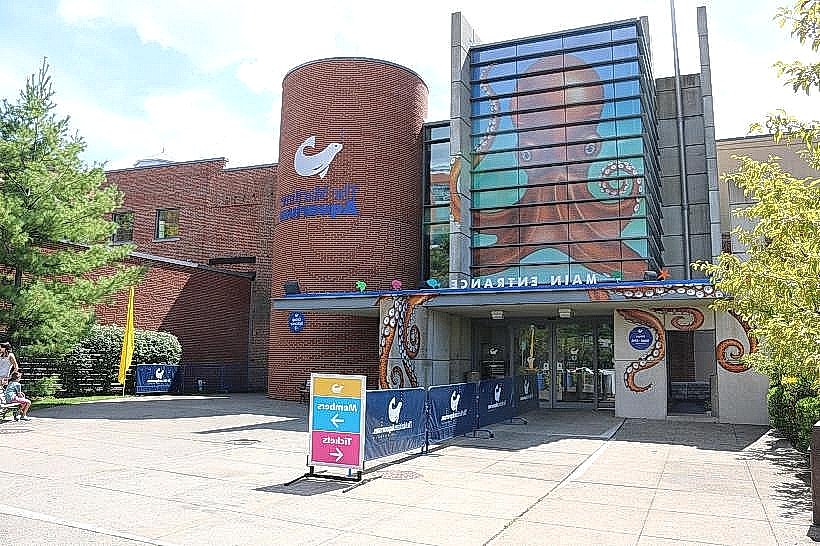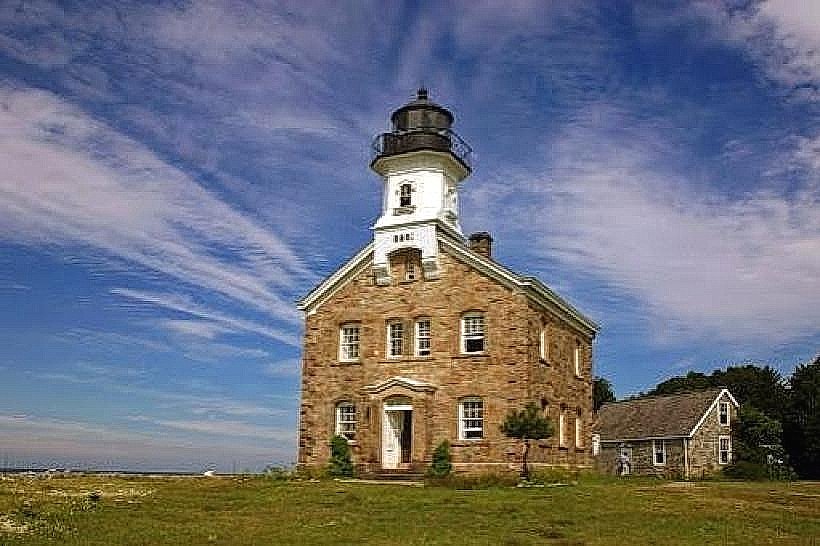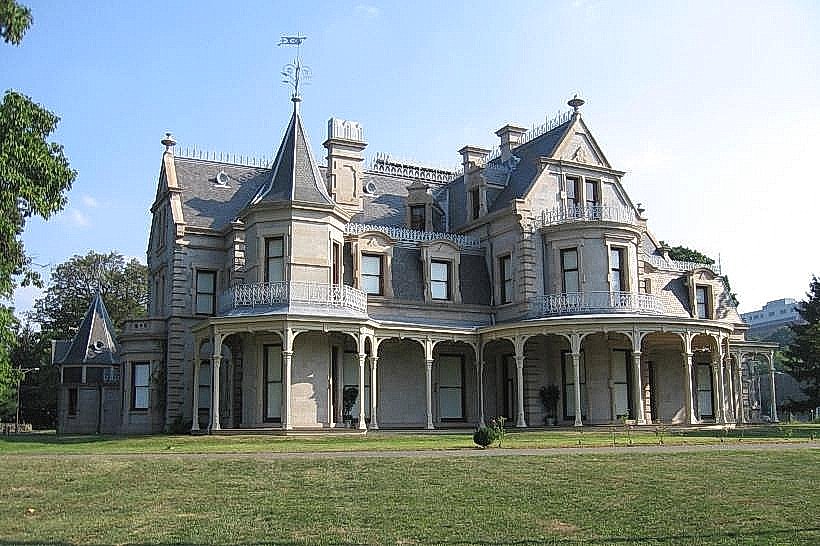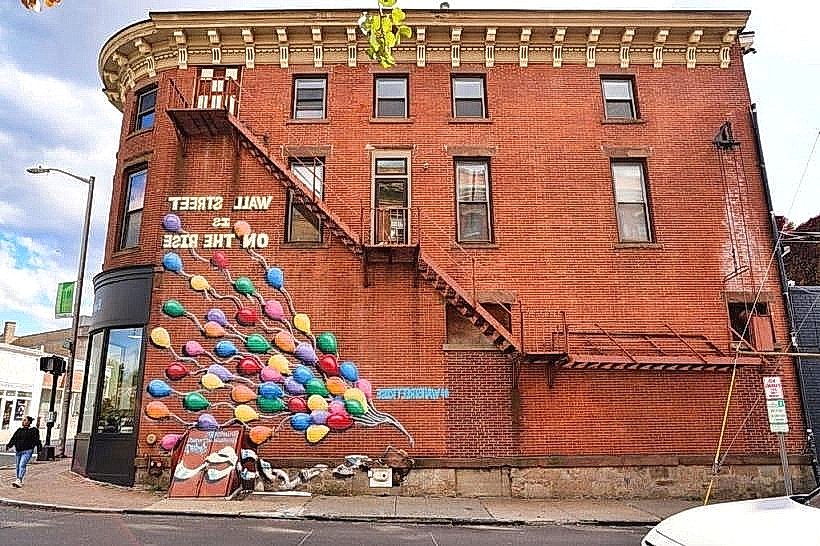Information
Landmark: Mill Hill Historic ParkCity: Norwalk
Country: USA Connecticut
Continent: North America
Mill Hill Historic Park, Norwalk, USA Connecticut, North America
Overview
In Norwalk, Connecticut, Mill Hill Historic Park preserves the past as an open-air museum, where weathered buildings and shaded paths tell the story of the city’s colonial roots and civic history, while the Norwalk Historical Society runs the park, where you can wander past original and relocated historic buildings, a quiet classical cemetery, and exhibits that trace the city’s story from the 1600s on.The park sits on the very ground where Norwalk’s first colonial settlers built their town, a destination that once buzzed with council meetings and public gatherings, what’s more here, the community gathered for meetings, founded its first institutions, and raised some of the earliest public buildings-wood beams still smelling of fresh pine.During the 18th and 19th centuries, the area thrived as a civic hub, its courthouses and public offices bustling with footsteps on worn stone floors, at the same time today, the park keeps that legacy alive with restored buildings and guided tours, letting visitors step inside Norwalk’s earliest days and imagine the creak of wooden floors from centuries past.Key features include the Governor Fitch Law Office, built in the 1740s-a rare surviving example of an 18th-century professional workspace, with weathered wood that still smells faintly of pine, as a result it’s tied to Governor Thomas Fitch, who led Connecticut in the 1760s, back when candlelight flickered through every window at night.It sheds light on the early days of law, the way communities governed themselves, and the rhythm of daily civic life-like neighbors meeting in a dusty town square, then downtown District Schoolhouse (1826), a single-room building once tucked in the heart of Norwalk, stood where the smell of fresh bread drifted from nearby shops.It captures the feel of early education, with wooden desks, worn chalkboards, and displays that explain the era’s teaching methods, besides built in 1835, the Town House is a Greek Revival-style building that once served as Norwalk’s town hall, where wooden benches lined the meeting room.Before Norwalk merged into a larger city, the hall bustled with civic meetings, local elections, and the steady shuffle of government business, as well as today, it’s home to a museum, where visitors wander past glass cases and quiet, sunlit displays.Colonial Burial Ground, founded in 1767, is a historic cemetery where weathered stone markers still bear names from the Revolutionary era, furthermore it holds markers for prominent citizens, veterans, and early settlers, a quiet thread connecting you to Norwalk’s colonial past.The park serves as a living, open-air museum, where costumed actors stir pots over crackling fires, history comes alive in reenactments, and seasonal events keep the stories turning with the year, in addition exhibits and guided tours dive into colonial life, from crowded one-room schoolhouses to the debates that shaped early American government and civic identity, moderately Every year, events like the Colonial Fair breathe life into the past with spinning wheels humming, fiddles playing, and voices weaving antique stories, on top of that the site features buildings in a mix of 18th- and 19th-century styles, some still standing where they were first built, others moved here piece by piece like a puzzle.Perched on a gentle hillside, the park feels calm and reflective, yet it’s only minutes from downtown Norwalk and the lively SoNo District, meanwhile today, Mill Hill Historic Park stands as Norwalk’s official historic site, a setting where the city’s roots and civic traditions come alive-like the worn steps leading up to its ancient town hall.It tells a rich story of the past, moving from colonial rule and the first minute schoolrooms to the bustle of 19th‑century civic life, consequently as a preserved complex, it draws visitors and locals into the story of the past, fueling heritage tourism, sparking curiosity in classrooms, and pulling neighbors together-like the scent of historic wood that lingers in its restored halls, sort of Mill Hill Historic Park keeps Norwalk’s early days alive, with weathered buildings, a quiet colonial cemetery, and hands‑on programs that trace the city’s path from a modest settlement to the busy urban community it is today.
Author: Tourist Landmarks
Date: 2025-09-17










